Back
Shaping strong families in the sky: how child care helps kids thrive in high-rise communities
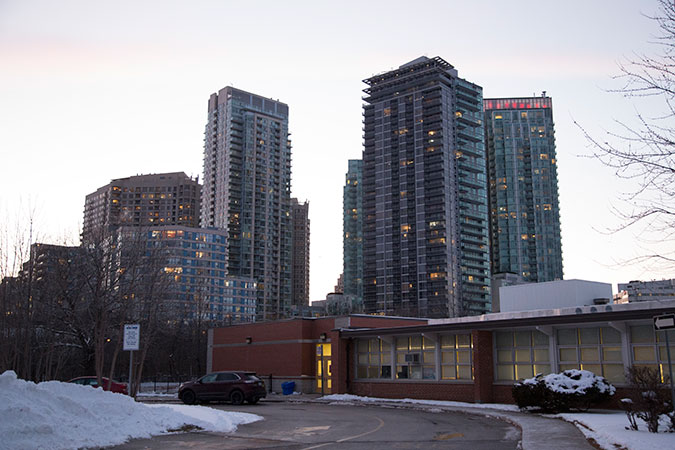
With more and more families calling apartments and condos home, licensed child care programs are playing an increasingly significant role in helping children thrive and succeed in vertical communities.
A consequence of rising real estate prices and shrinking housing supply, more families are now choosing high-rise living. In these communities, the experience of growing up differs markedly from that of traditional family life in detached suburban houses. Here, the privacy of fenced backyards and spacious living rooms gives way to the expectation that play areas and personal spaces are to be shared. Opportunities for physical activity are often measured in mere feet and inches.
Though high-rise units account for only 30 per cent of housing across Peel Region, the vast majority of them – 70 per cent – are concentrated in Mississauga.
In the middle of these housing trends is Judith Chizanga, a PLASP program director at Fairview P.S., where 91 per cent of the families she serves come from the 15+ condo towers dotting the surrounding skyline.
For these families, child care helps to fill a vital gap in supervised outdoor play.
“When they leave school, they don’t have somewhere to play, in the wintertime, they can’t go to the park,” Chizanga said. “When they come to the program, they don’t want to come back inside. They’re always asking ‘when are we going to go play?’”
Each day in her after school program, children get up to an hour and a half of supervised, rigorous physical play, making full use of the schoolyard and gym for hockey, basketball, baseball, hopscotch and other sports.
The experiences are very similar at Islington J.M.S. in Toronto, where 77 per cent of families attending the PLASP program live in apartments. When the city last surveyed the surrounding Etobicoke Centre area, it found 96 per cent of all families with children in this community called high-rises home.
“They don’t have the space to spend their energy,” said Islington program director Michelle Deschamps.
Deschamps, who also lives in a neighbouring high-rise with her own daughter, says keeping children in contact with nature is an additional challenge. Though she and her daughter try their best to cultivate plants on their balcony, they don’t have the horticultural freedom of low-rise detached homes. “We have regulations and rules we have to obey,” she said.
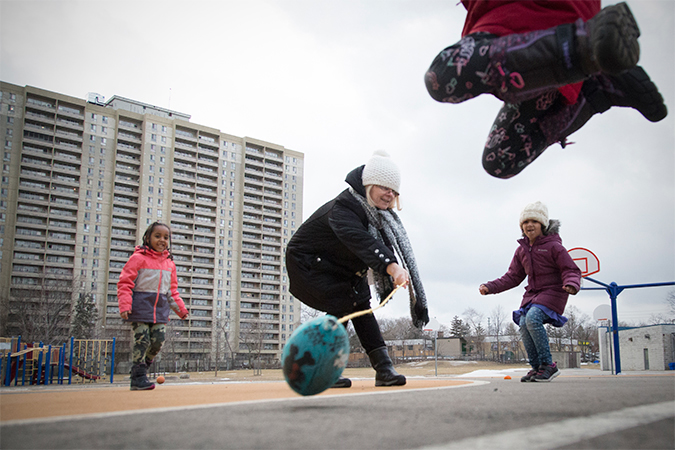
Children in PLASP's before and after school programs get at least 30 minutes of outdoor play time each day
Deschamps certainly isn’t alone. Though low-rise housing remains the norm in Toronto, statistics gathered by the city show high-rises have grown over the past 20 years to represent almost 30 per cent of homes for couples with children, and over 40 per cent of single parent homes.
In this context, the time spent exploring local parks with children in her own program becomes especially valuable. Programs like Deschamps’ include supervised walks to neighouring parks and woodlands during program time, putting children in contact with stimulating outdoor learning experiences.
When children return home to high-rise homes, personal space and privacy becomes a scarce luxury. Many have to share rooms with siblings, and live in buildings where facilities like swimming pools and games rooms are shared with hundreds of neighbours.
“Sharing is a part of their life,” said PLASP area manager Deby Paul, who oversees the Fairview program. “In this program especially, they are great at sharing.”
To that end, Chizanga makes special efforts to reinforce the importance of sharing in her program. She limits the number of toys children can bring from home, and instead encourages the children to take collective ownership over the program’s own toys and equipment, which they must take turns in using. “I let them feel like they own the toys,” she said. “And I tell them to take care of them like their own.”
With storage space also in short supply, Paul says condominium families also have to be strategic about how many of a child’s artistic creations can be kept. “Many times, parents will say ‘no we can’t take it, we don’t have room,’” she said.
With these restrictions, photos taken by staff which are used to document each child’s development and growth can take on special meaning. Many of the children in the program seem to understand the value of taking photos in environments where not everything can be kept and stored forever.
“When they’re building structures, they’re always saying ‘take my picture and show my mom,’” said Chizanga. “They know that by the time mom comes, the structure will be gone.”
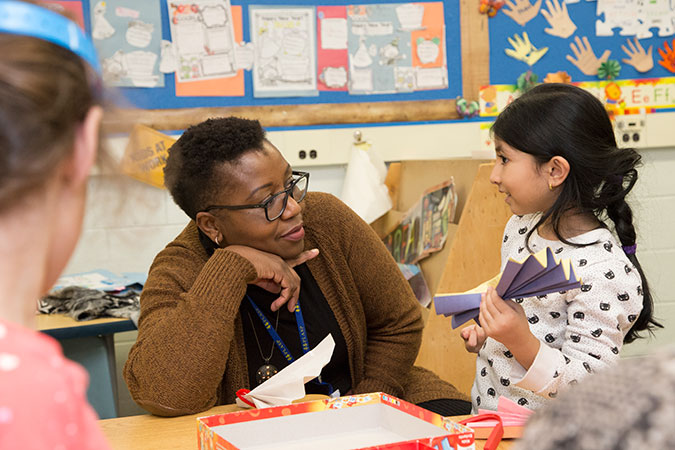
A child shows off a creation at a PLASP program. Storage space is in short supply in many high-rise communities, requiring families to be strategic about what they bring home.
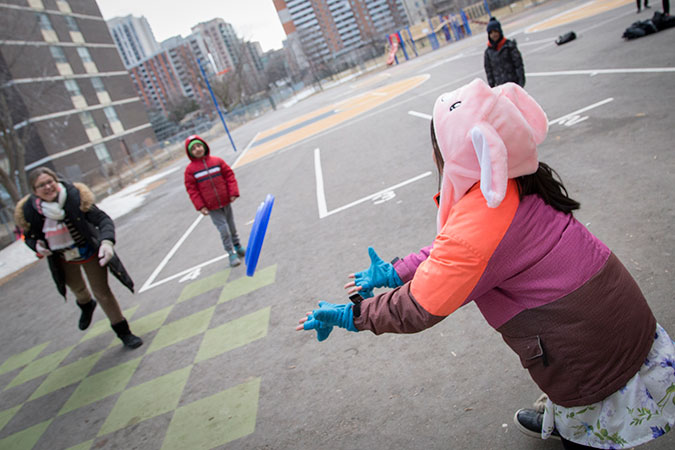
Sharing is a central theme in high-rise communities, where facilities and spaces are often shared with hundreds of neighbours
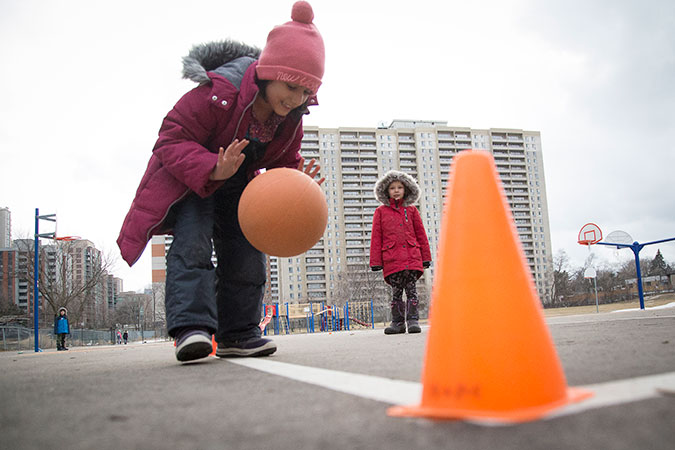
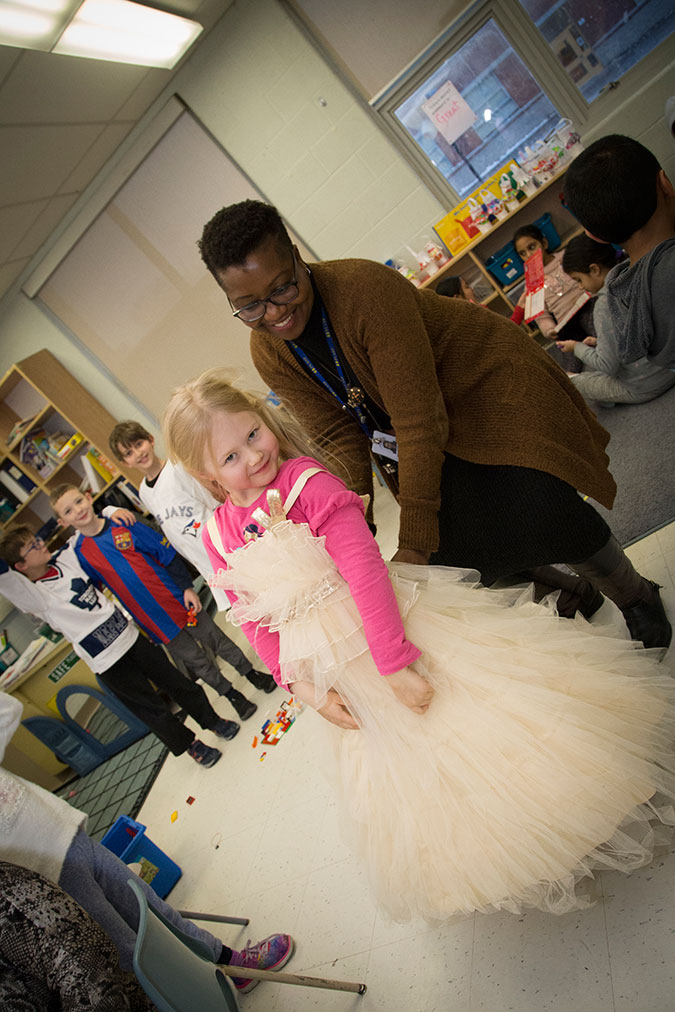
PLASP Child Care Services